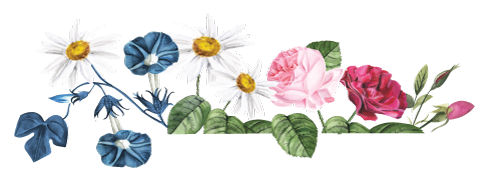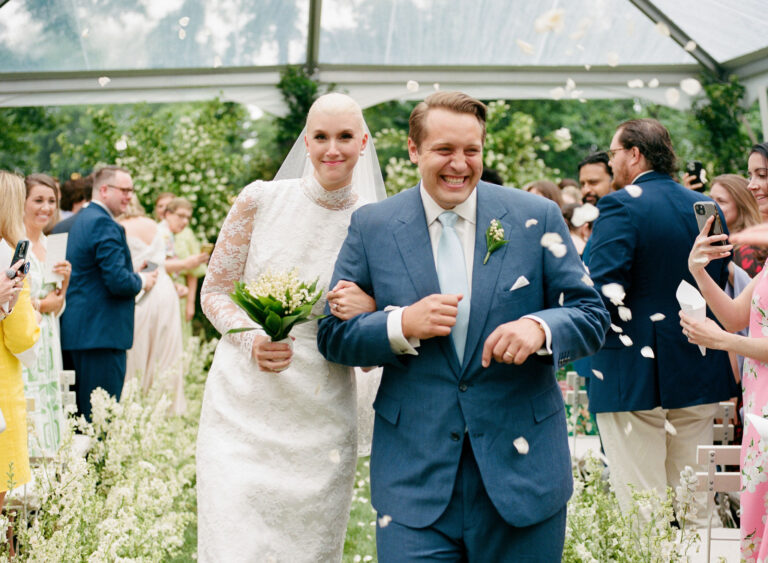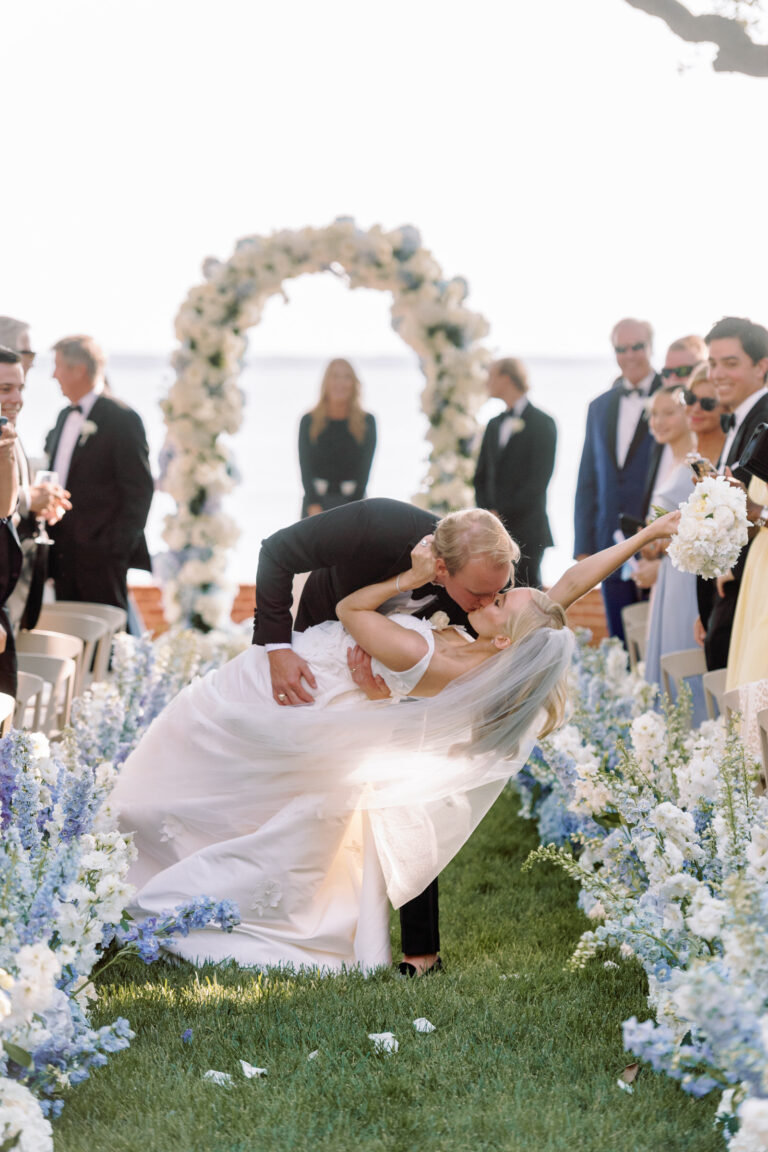As the holidays approach and love is in the air, you and/or your partner may be browsing diamond rings. No matter where you are in your journey, you are probably aware that an engagement ring is—or should be—the exact opposite of an impulse purchase. It takes forethought. It takes knowledge. And it takes research to get it exactly right. But have no fear. While even the basics can feel a bit overwhelming, we’ve consulted De Beers to help you speak the universal language of diamonds, the “4Cs,” if you will.
With more than 130 years of expertise, it’s safe to say that De Beers is the OG when it comes to the 4Cs and what they mean. They did, after all, introduce the concept and language to the public after it was established by The Gemological Institute of America in 1940.
So, first things first, what are the 4Cs? The 4Cs relate to Cut, Color, Clarity, and Carat, all of which contribute to a diamond’s rarity and value. That said, De Beers does warn against adhering too closely to a laboratory grading report, as it doesn’t always tell the full story. A fifth factor, and one that De Beers takes very seriously, is beauty. This is why De Beers selects each diamond by eye to make sure it radiates Life, Fire, and Brilliance. Still, the 4Cs is a great place to start. Let’s dive in, shall we?

1. Cut
First, Cut. It’s important to note that cut and shape are not the same thing. While many soon-to-be-brides start their journey with a particular shape in mind—round, emerald, square, oval, princess, etc—you should also understand the nuance of cut. Cut is essentially, as its name implies, about how well cut a diamond is and how it reflects light. An expertly cut diamond will have perfectly symmetrical and aligned facets, or tiny surfaces, to maximize sparkle, while a poorly cut diamond will appear dull and lifeless. Graded by the GIA on a scale of Poor to Excellent, the precision of a diamond’s cut can unlock its full potential. De Beers only uses the top cut grades, so you and your diamond will be living your best life.
2. Color
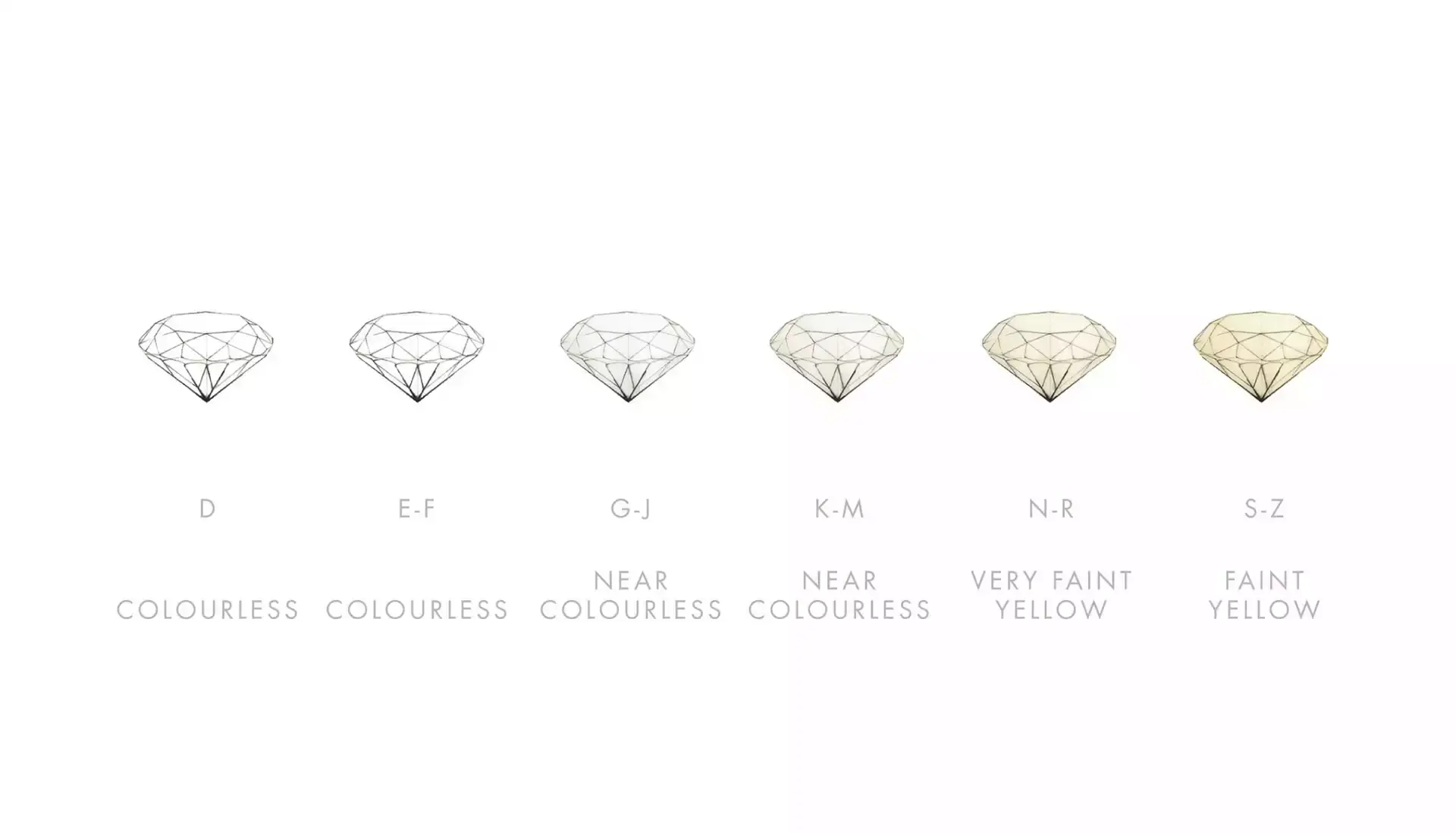
Color may seem like a surprising element when it comes to white diamonds, but most have some natural tint. Those that lack this natural tint are closer to being “colorless,” which makes them rarer, and therefore more valuable.
Diamonds are graded on a scale of 23 shades, from ice white D (colorless) to warmer Z (light color). After that they become Fancy Colors.
De Beers carries the full range in order to give clients more choice. Some might prefer a warm white diamond with a hint of yellow to one that is icy white, and because its price is lower, you then have the exciting option of buying a diamond that is much larger than you ever thought possible. So the important thing to know about color going in is your own personal preference.
3. Clarity
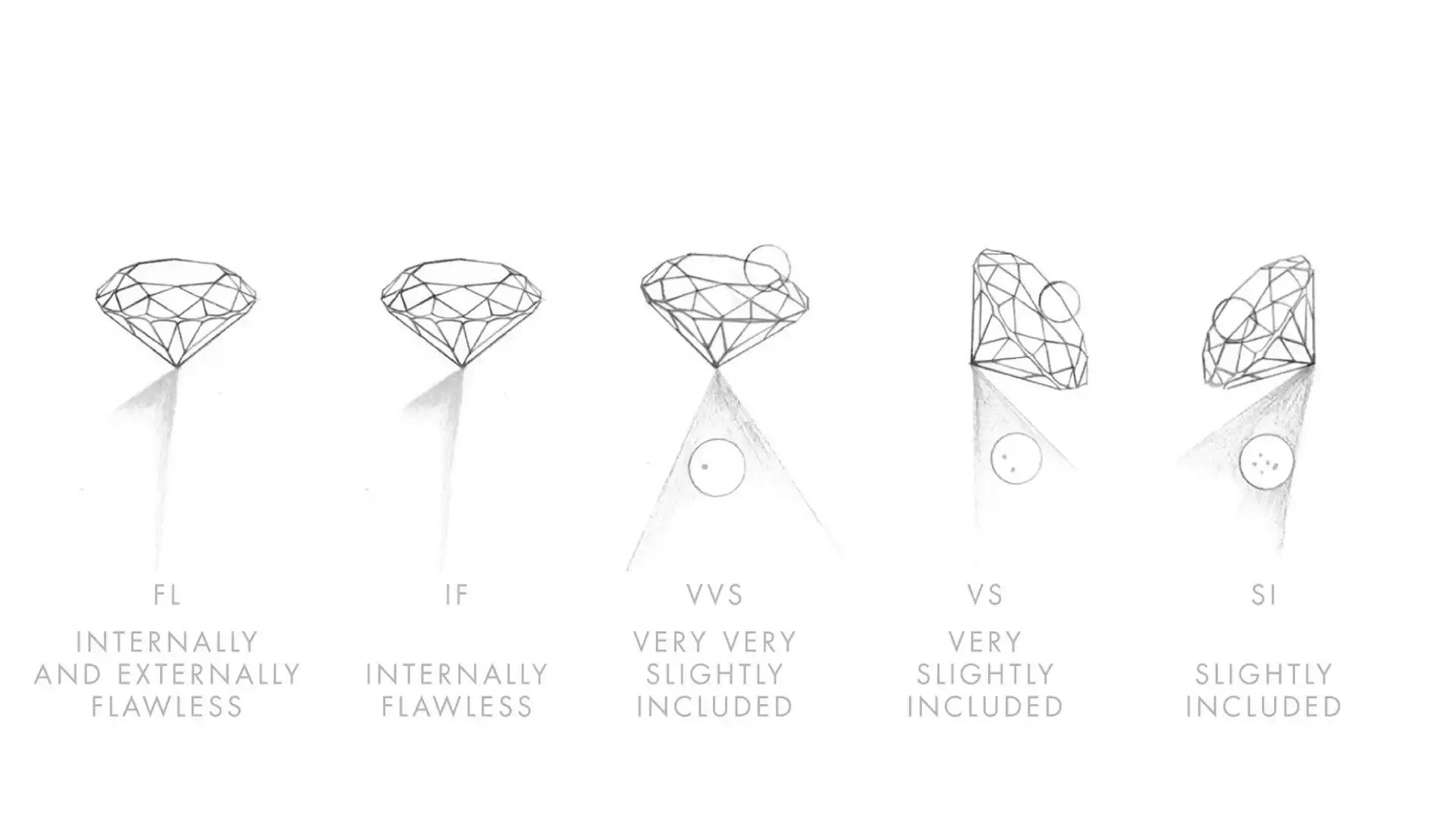
Now on to clarity! The clarity of a diamond refers to how visible any inclusions, or blemishes, are when looking at the stone. These inclusions might be traces of minerals or uncrystallized carbon leftover from the organic process by which diamonds are created deep within the earth.
So, to put it simply, the fewer inclusions or imperfections, the clearer the diamond becomes. Diamonds with fewer inclusions are given a higher clarity grade, ranging from the extremely rare FL (completely flawless internally and externally) to I, which indicates more and larger blemishes or inclusions.
The closer you get to purity, the clearer the diamond becomes. De Beers only chooses diamonds up until grade SI2, meaning that none of their stones will show inclusions visible to the naked eye.
Like the other Cs, clarity is just one aspect of a particular diamond and the wearer’s personal preference should be taken into account. Just remember that, much like life partners, completely flawless diamonds are hard to come by.
4. Carat
Interestingly, contrary to popular belief, carat doesn’t actually refer to a diamond’s size, but rather to its weight, with one diamond carat equal to 200 mg. While larger diamonds are often more desirable and more rare, a higher carat count does not always equal a better diamond! All factors—and 4Cs—should be considered together. Hopefully this primer will help you speak the universal language of diamonds, and better understand what matters most to you before starting your journey to find the perfect engagement ring.
Oh, and one last pro-tip if diamond shopping is on the horizon: Don’t forget a manicure!









